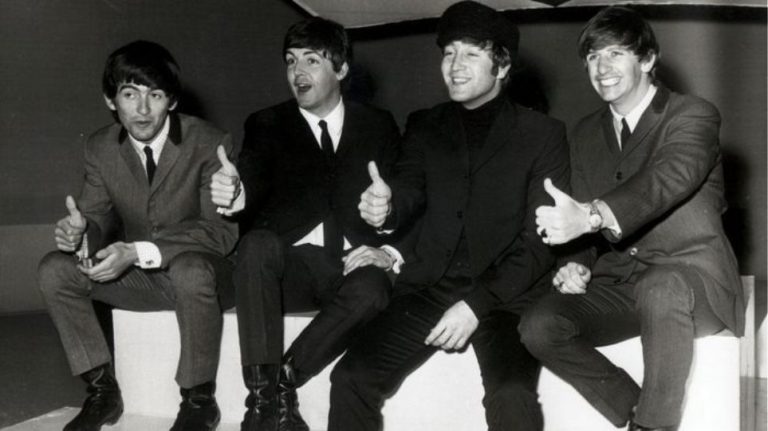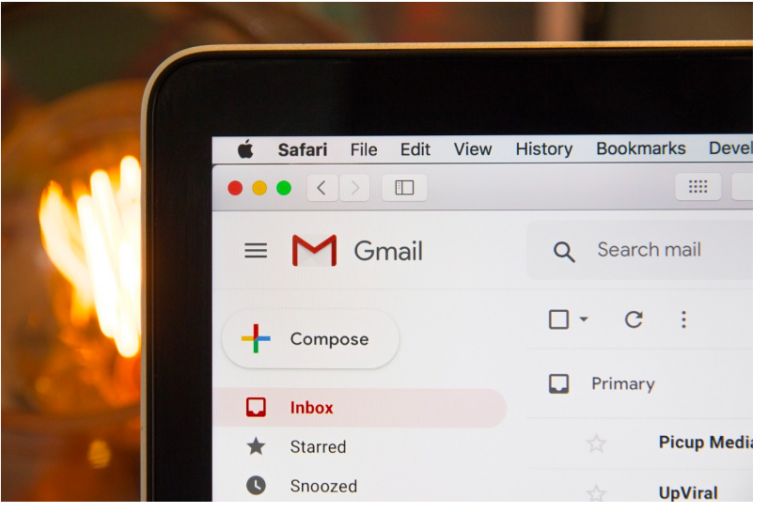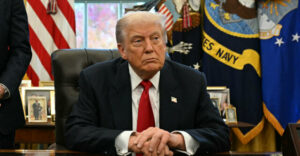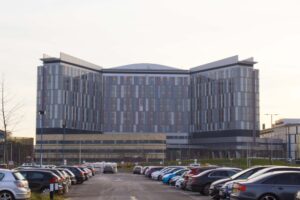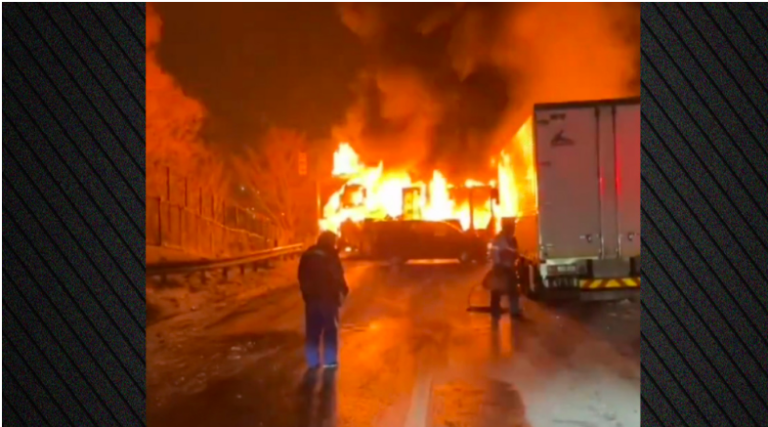Paul McCartney was an ex-Beatle on a mission as he arrived at the Waldorf Astoria hotel in Midtown Manhattan on 19 January 1994. He was there for the induction into the Rock and Roll Hall of Fame of John Lennon, his friend, collaborator and occasional rival.
Also at the ceremony was Lennon’s widow Yoko Ono, who would appear that night onstage alongside McCartney. In Beatles lore, the two were sworn enemies (an overstatement, though McCartney had admitted to feeling “threatened” by Ono when she started turning up to band recording sessions with Lennon). So it was seen as hugely significant that they would come together to honour a fallen husband and comrade. This was the hell-freezes-over moment many “Fab” fanatics had never imagined they would witness.
“I wish John could have seen this,” Ono said as she and McCartney publicly patched up whatever differences they had. Later that evening, back at Yoko’s residence, she and her 19-year-old son, Sean, went further with the reconciliation by handing over to McCartney and his wife Linda several battered recordings, dating from the late 1970s. And with that, began the next chapter in the story of The Beatles.
Mitsotakis to NATO: If Turkey does not come to dialogue, EU will take measures (video)
Armenia: another country abandoned to its fate
The Beatles Anthology, released 20 years ago this September, was both a bit of a muddle and hugely ahead of its time. This deep dive into the band’s catalogue and history was a many-headed multimedia onslaught unleashed at a time when few people could have told you what “multimedia” even meant.
There were, in fact, several “Anthologies”. A six-part documentary, aired on ITV from 26 November to 31 December, featured new interviews by Jools Holland of McCartney, George Harrison and Ringo Starr. This was accompanied by Anthology 1, a double album of unreleased demos and alternative versions of familiar songs (the first of three such collections), released on 20 November 1995.
Read more: Independent
Ask me anything
Explore related questions
